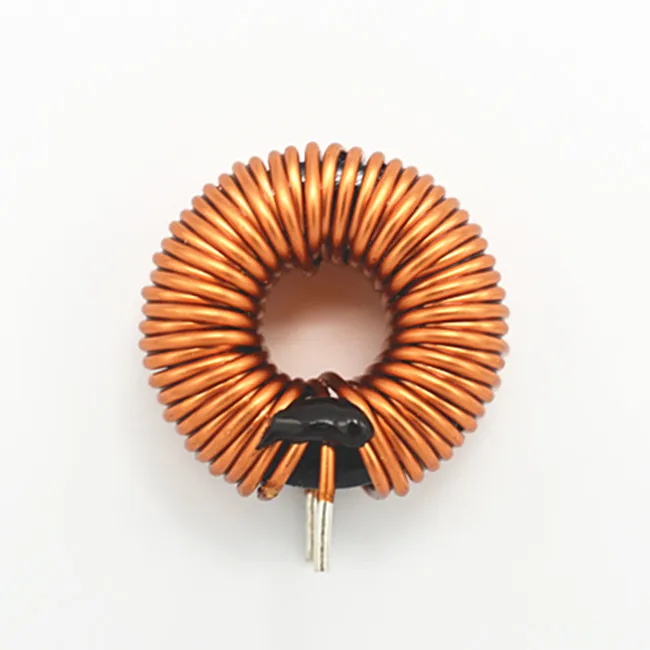

12 but has greater temperature stability but lower Q than no. 2 bul has higher Q over range 20 to GO MHzġ0 6 Type W powdered iron good Q and high stability from 40 to 100 MHzġ2 3 Made of a synthetic oxide material, good Q but only moderate stability over the range 50 l a 100 MHzġ5 25 Made of carbonyl GS6 excellent stability and good 0 over range 01 to 2 MHz recommended for AM BOB and VLF applicationsġ7 Carbonyl material similar to mixture no. The hydrogen-reduced iron devices offer permeabilities up to 9.
#How to make an ferrite core inductor free#
However, notice that no powdered-iron material or ferrite js totally free of temperature variation, so oscillators using these cores must be temperature compensated for proper operation. The carbonyts offer very good Q values to frequencies of 20t) MHz, Carbonyls are used in high-power applications as well as in variabie-frequency oscillators and wherever temperature stability becomes important. The carbonyl materials are well-regarded for their temperature stability they have permeability (uO values that range from Ijx to abovit 35|i. Powdered-iron cores are available in two basic formulations: carbonyl irons and hydrogen-reduced irons. Toroid cores are available in a variety of mat erials that art1 usually grouped into two general classes powdered iron and ferrite. (A) TrifHar wound transformer circuit (B) actual windings (0) glue or silicone sea] is used to hold the ends nf the windings. The use of a toroidal shape factor, with its limited external magnetic field, makes it possible to mount the inductor close to other inductors (and other components) without too much undesired interaction. Unintentional inductive coupling can cause a lot of serious problems in RF electronic circuits so they should be avoided wherever possible. Regular solenoid-wound cylindrical inductors have a magnetic field that goes outside the immediate vicinity of the windings and can thus intersect nearby inductors and other objects. That latter attribute makes the toroid inductor easier to use in practical RF circuits. The toroidal shape is desirable for inductors because it permits a relatively high inductance value with few turns of wire, and, perhaps most important, the geometry of the core makes it self-shielding.

A lot of construction projects intended for electronic hobbyists and amateur radio operators call for inductors or radio-frequency (RF) transformers wound on toroidal cores, A toroid is a doughnut-shaped object, i.e., a short cylinder (often with rounded edges) that has a hole in the center (see Fig.


 0 kommentar(er)
0 kommentar(er)
